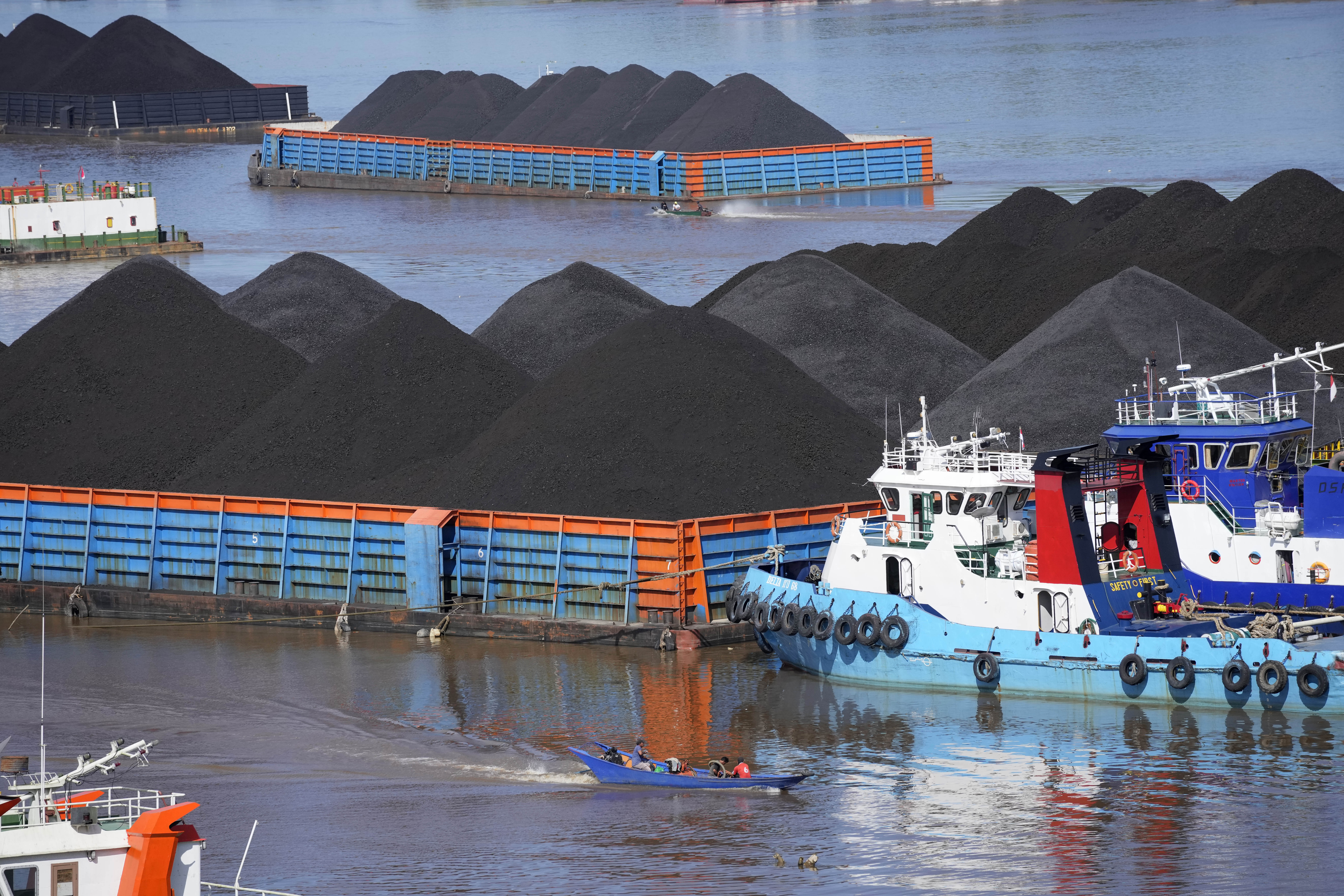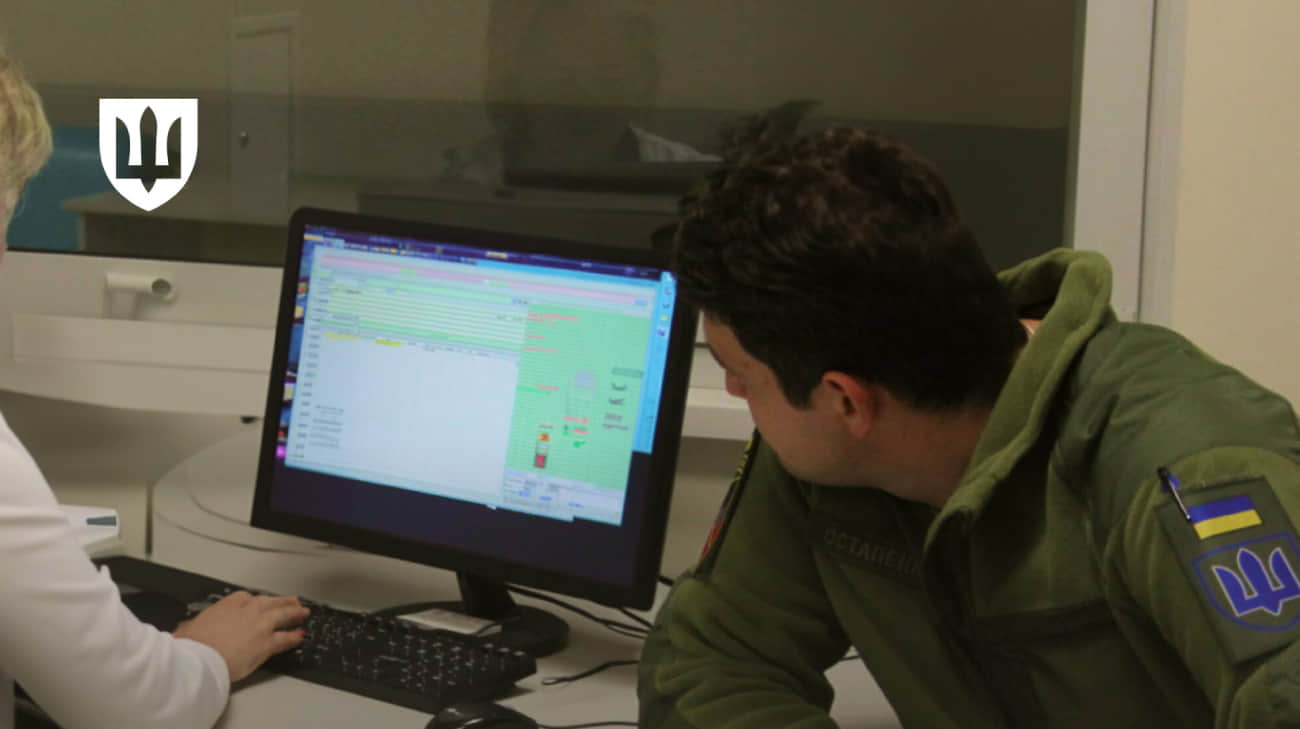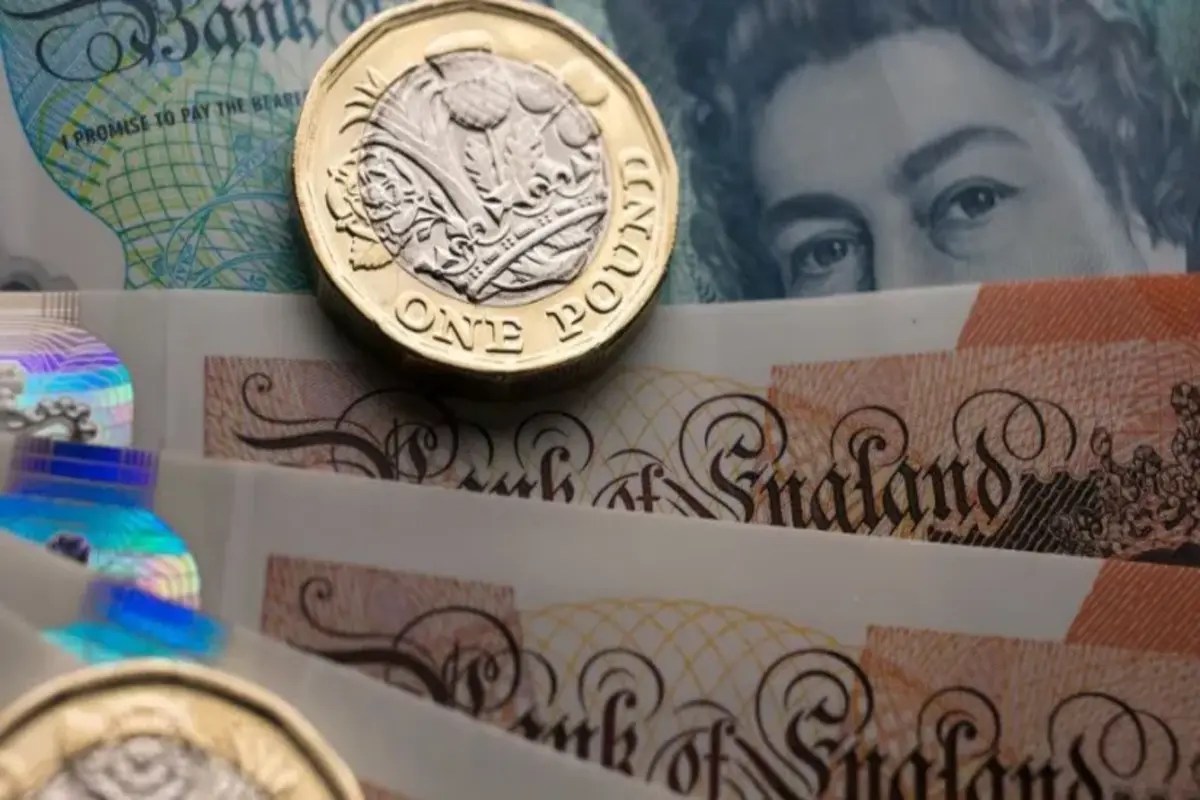Building wind power, canceling coal — it’s all drowning under borrowing costs
Central banks' efforts to tame inflation have made it harder for both wealthy and poor nations to shift away from fossil fuels.


DUBAI, United Arab Emirates — Plans to push South Africa and Indonesia off coal sputtered. So have offshore wind farms on the New Jersey and British coasts, and a green hydrogen project in an Italian port city.
Climate projects around the world are sinking because of high borrowing costs driven by interest rates — jeopardizing a major plank of the international effort to prevent the most catastrophic damage from warming temperatures.
Many of the nations gathered at this month’s COP28 climate summit in Dubai, including the United States, have set a goal of tripling global renewable energy capacity by the end of this decade. Such a pledge could be one of a handful of substantial climate actions coming out of the talks, which are embroiled in a standoff over whether governments should commit to phasing out fossil fuels.
But rising interest rates have imperiled these goals.
Interest rates were one reason developers gave for canceling major offshore wind projects in recent months, including two projects near New Jersey by the Danish company Ørsted and a Swedish business’ project in the North Sea. In September, no bidders turned out for a September offshore wind energy auction in the U.K., also related to the effects of higher borrowing costs.
“It's a very under-appreciated fact how critically, how badly interest rates are impacting our global climate change efforts,” said Sumant Sinha, CEO of the Indian renewable energy developer ReNew Power. “It's an innocent bystander in this whole managing the economy and controlling inflation, and people don't realize that.”
Essentially, persistent rate spikes have scrambled economic fundamentals for large, capital-intensive projects with long repayment periods — the exact type of projects needed if the world wants to hit its goals of massively slashing carbon emissions by mid-century.
The economic climate is also making it harder to wean the world off fossil fuels. Rising rates have made it infeasible to do the debt-refinancing needed to decommission carbon-spewing coal plants, said Joseph Curtin, power and climate managing director at the Rockefeller Foundation. Already, he said, that reality has gummed up tens of billions of dollars that wealthy countries once offered to help nudge South Africa, Indonesia and Vietnam off coal.
The renewables collateral damage
Central banks like the Federal Reserve and the European Central Bank have been hiking interest rates to cool inflation, trying to bring it back under control after the pandemic and Russia’s war in Ukraine.
But the moves have, predictably, had spillover effects. Notably for climate watchers, they have steered capital away from developing nations that will contribute a bulk of planet-heating gases in the coming decades.
Renewables investments have cooled steeply enough in the Middle East that consulting firm Wood Mackenzie is forecasting fewer new installations than it previously thought, said Chris Seiple, vice chair of its power and renewables group.
The same effect is slowing onshore wind projects in Asia, a region highly dependent on coal and imported oil and gas, said Mike Taylor, senior analyst with the Abu Dhabi-based International Renewable Energy Association, or IRENA.
Simultaneously, high rates have made costlier renewable projects difficult to finance even in rich countries.
Hydrogen, a source of optimism for blunting the climate impact of heavy industry, doesn’t make financial sense at current rates, Seiple said. Just 7 percent of European hydrogen projects have lined up financing for construction, according to research firm Bloomberg New Energy Finance. Italian energy company Enel abandoned its government-backed green hydrogen project in La Spezia last month.
Shaky financing for renewables is therefore delaying the aggressive clean energy deployment the scientists say is necessary to combat climate change. The rates are a key driver of that newfound instability.
That’s because clean-energy projects typically get most of their capital on the front end, then repay that debt over the years with revenue they get from power customers. The prices the developers can charge are often agreed upon before the financing is finalized, making it hard to withstand fluctuations in the rates.
“The renewable business is completely different than the traditional energy business,” Ramon Mendez, Uruguay’s former energy secretary, said at a news conference Wednesday. “Renewables is just the finance business.”
Widening the gap
Economic equality is also at stake.
Emerging economies were already buckling under steeper borrowing terms before interest rates started taking off. And interest rate perturbations can more easily kill projects in developing countries where perceived risk — whether due to political or economic instability — is higher.
“We don’t have time left to afford those sort of hiccups,” said IRENA’s Taylor. He said higher rates have waylaid projects in low- and middle-income countries by creating “hesitancy.”
The effect ripples throughout the global economy, said Avinash Persaud, climate envoy for Barbados Prime Minister Mia Mottley, who has embarked on a plan to alter global finance to better steer capital to smaller nations.
Higher rates in places like the U.S. and EU draw investors to safer investments, such as U.S. Treasury bonds, Persaud said. That dries up capital that could have gone to emerging economies, which then have to raise their own interest rates to lure investors. That, in turn, increases the cost of servicing debt for already heavily indebted nations.
“We’ve seen a retreat of international capital flows, making that green transformation in developing countries even harder to do,” Persaud said in an interview.
While an overwhelming majority of renewable power investment occurs in China, the U.S. and the EU, according to the International Energy Agency, the developing world is projected to drive most of the world’s future warming. Slowing investment to these markets complicates the goal of tripling renewable power, putting nations even more off track for cutting greenhouse gases fast enough to stave off catastrophe.
“That is an unbelievably difficult challenge that we have in front of us,” said Mike Hayes, global head of renewables for the accounting firm KPMG.
Stomaching difficult borrowing terms is a challenge when global public debt increased to 92 percent of gross domestic product last year, compared with 84 percent in 2019, according to the International Monetary Fund. Nations therefore have fewer resources to devote to clean energy, KPMG said in a November report.
What’s to be done?
Policymakers recognize the chasm between global climate needs and the private sector’s willingness to finance. French President Emmanuel Macron suggested earlier this month that renewable energy projects should carry lower interest rates than coal-fired power plants, which are still being built at a pace inconsistent with climate projections.
That’s left some people to work on creative solutions. An effort that U.S. special climate envoy John Kerry formally unveiled Dec. 3 would use credits to shift developing countries to cleaner energy. Rockefeller is partnering with the Monetary Authority of Singapore and Philippines-based ACEN Corp. on a credit to offer incentives for mothballing the South Luzon Thermal Energy Corp. coal plant in the Philippines and replacing it with renewable power.
On Dec. 1, the World Bank vowed to devote 45 percent of its funding for its next fiscal year to climate-related investments, amounting to $40 billion.
Higher rates are also drawing public institutions like the U.S. International Development Finance Corp. even deeper into emerging economies to unstick investment logjams through financial instruments like loan guarantees and underwriting insurance for projects, said Jake Levine, the agency’s chief climate officer.
“The rising interest rates have been a challenge across the board, including in the United States,” he told reporters. “But they have exacerbated in our markets a challenge that was already one of the primary reasons why capital is not flowing at the level that we need it to.”
Sara Schonhardt contributed to this report.



